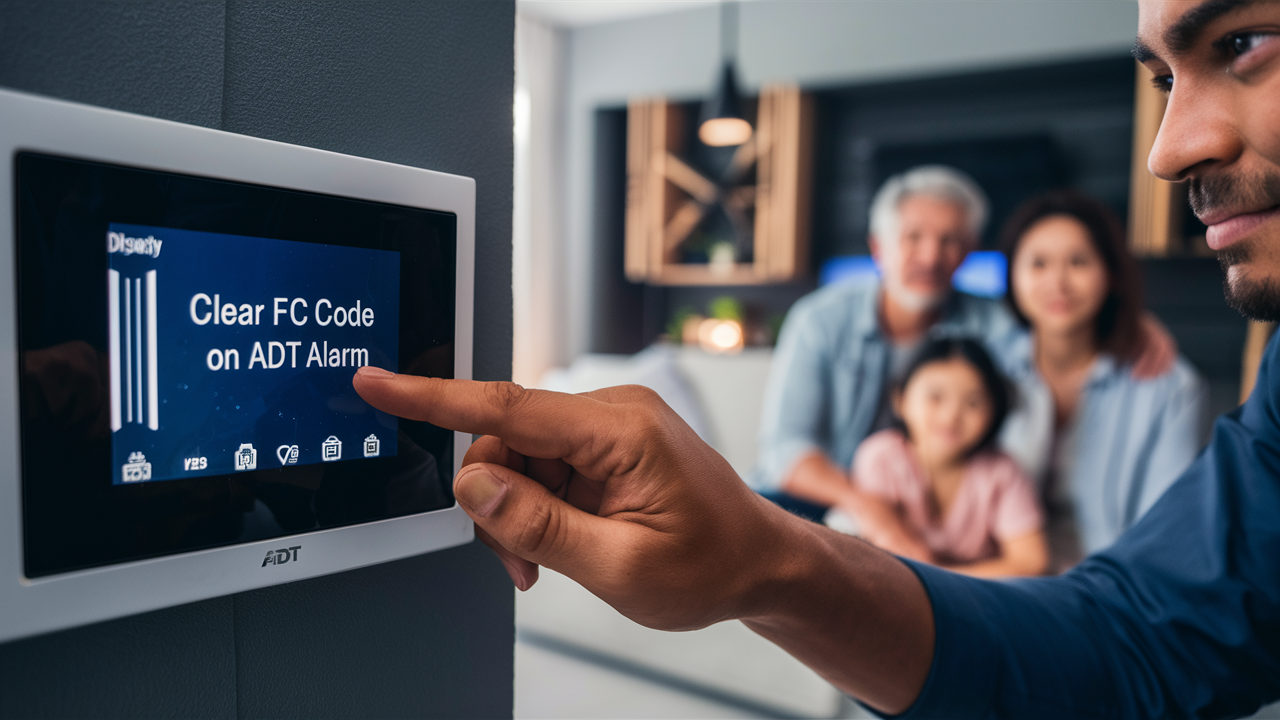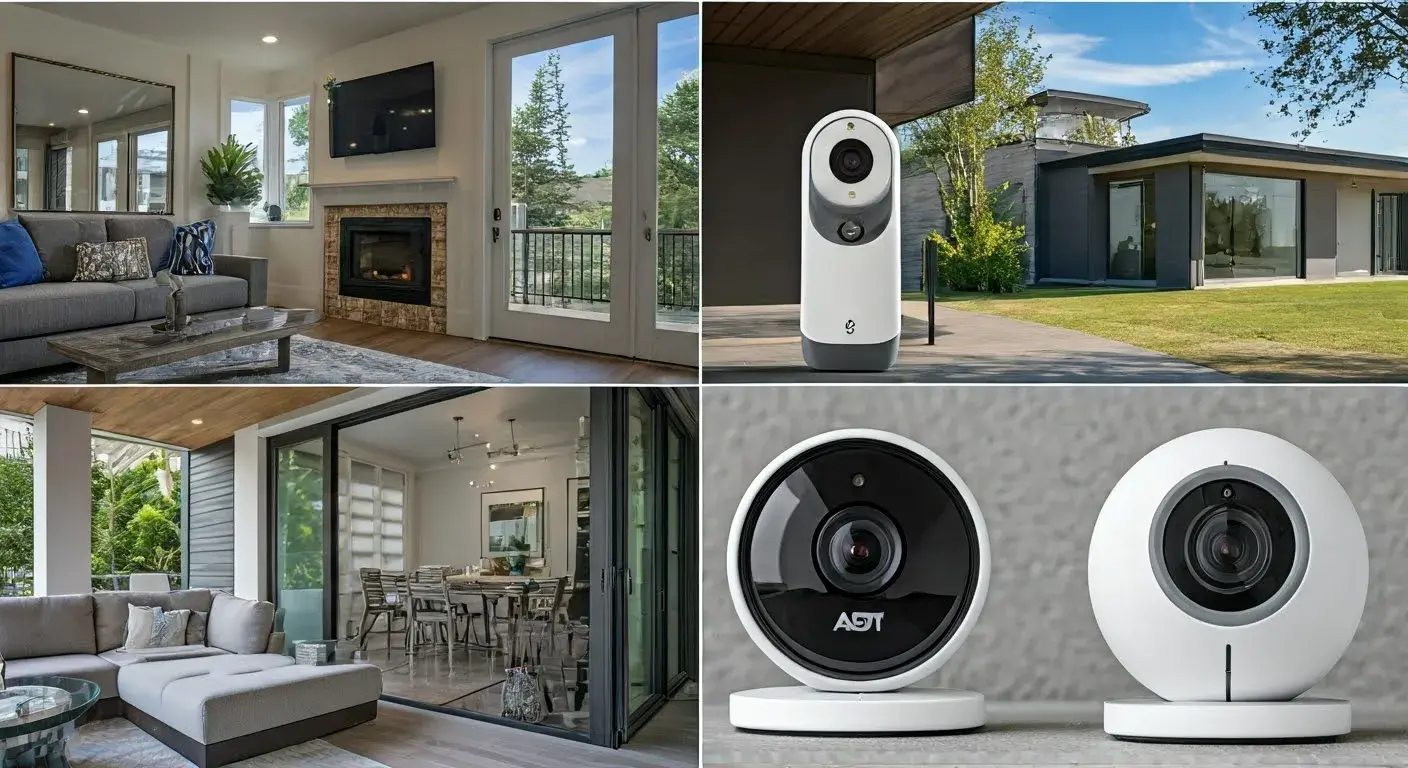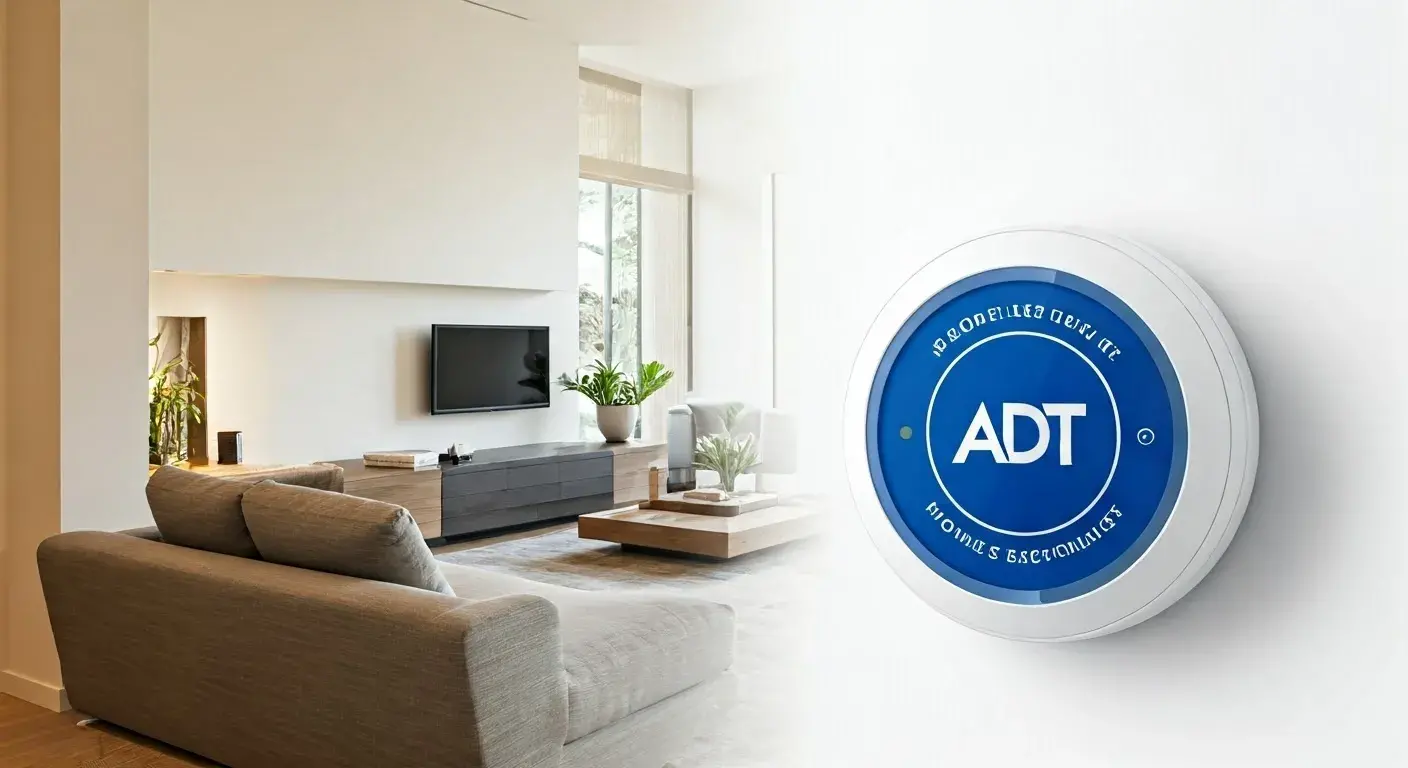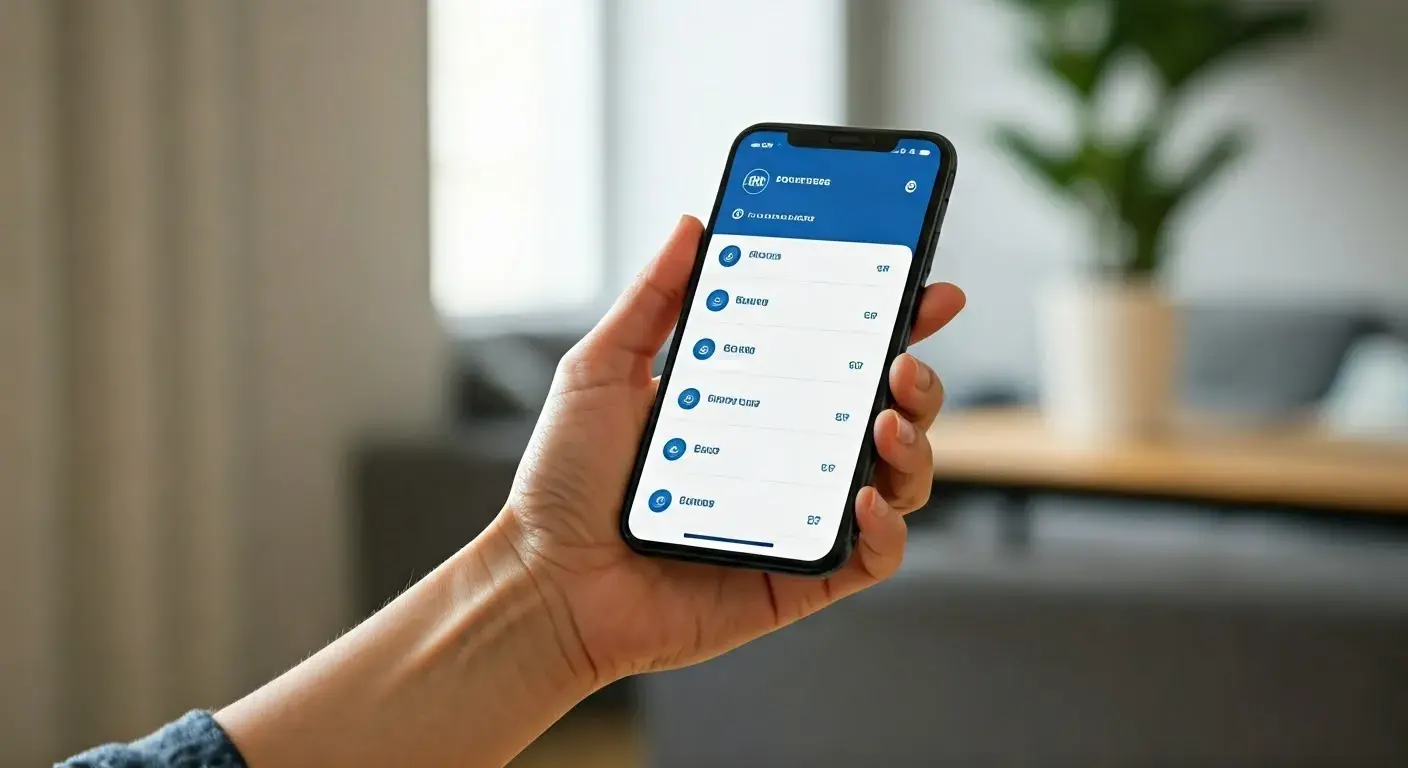ADT alarm systems at times may show what is referred to as FC codes which are an acronym for fault or trouble condition. The abbreviation FC is used to denote “fault condition” and the code will contain details of the specific matter. Some of FC codes that are common in ADT systems are FC01 which is associated with battery trouble, FC02 which represents trouble with phone line monitoring and FC20 which represents zone tamper.
Although FC codes may demount themselves when the provoking situation is altered, most of the time you have to delete them from the system panel. Clearing codes properly helps to make sure that the system is able to return to normal monitoring and alerting. The following are the procedures for erasing FC codes on an ADT security system alarm.
Prerequisites In actuality, prior to clearing a code, one should always attempt to find the etiology of the code and address the cause as well if feasible. For instance, if you receive FC01 low battery code, it is recommended that you replace the system battery before erasing the code. If the trouble condition is still present, it will be likely that the FC code will just come again.
Procedure
-
Do the following- Identify where you installed your adt alarm system keypad. This is mainly installed on a wall or any surface close to the exit doors such as door hoppers.
-
If you are prompted to enter your master code on the keypad, do so at this time. The two most common default master codes to the ADT systems are usually 1234 or 4321. It might give brief voice output like “master code accepted” if the code has been typed correctly.
-
Dial the * button two times, and wait between the two calls. This brings up the system programming menu of the main board.
-
Continue pressing the # key until some message will appear like “FAULTS SINCE LAST TEST 00”. This suggests that you are seeing the current FC code fault count of the system and its various components.
-
As shown in figure 4 above, type 917 on the keypad with the fault count displayed. Technically on most of the ADT systems this helps to sweep out all the FC troubles which are currently active.
-
If any faults still persist in the system, it may take some time to show an active FC code and the amount of faults left. The same process as described in steps 2-5 should be followed for the subsequent sets of stimuli.
-
When all the blinks are out, the system display should revert to ‘READY’ or the normal time/date. Some keypads provide a confirmation tone sequence when codes are cleared and the transmission keys are returned to their normal state.
-
Challenge your system function, especially those parts that were recently fixed, for instance batteries or phone lines. Check whether the faults remain cleared and the system behaves correctly.
FC Codes Inappropriate For Rural Settings If you follow the proper FC code clearing procedure but codes reappear later, the underlying fault likely still requires resolution:If you follow the proper FC code clearing procedure but codes reappear later, the underlying fault likely still requires resolution:
-
For battery problems (FC01), replace old name-brand alkaline batteries with new ones that are C sized and designed for alarm systems. The second thing you should do is to inspect the battery’s connection point for the presence of corrosion.
-
For phone line problems (FC02), first, check the phone cables for any signs of physical damage and ensure that the cables are properly plugged-in at both ends. When connecting wiring, it is advisable to use the alternate jacks to see whether or not there is a problem with the wiring.
-
On a zone fault (FC20s), inspect all the sensors and ensure that they are correctly positioned and not damaged or dirty or in any way affected by the environment through which they pass. Test sensor triggering response.
-
Consult with ADT technical support to get an understanding of the technical issues behind FC codes that do not have any tangible physical causes. When it comes to working on the wiring and the panel components, the cellular communicators, or the zone expander modules, it is advisable to seek service assistance from a professional.
Always be sure to properly clear all FC codes after any device problems have been addressed as the alarm panel often cannot go back to normal operation while there are open faults. Thus, it is important to pay attention to the persistent or mysterious FC codes as well to avoid missing any actual intrusion or another unexpected issue.
Summary ADT alarm systems include FC codes that state present or prior challenges that require action. Some codes are self clearing others can be cleared by pressing *9917 which clears all present faults at the alarm panel. Note that it is still important to study and address device problems if not, FC codes will remain or come back after being erased. When there are no faults left, your ADT alarm system can come out of trouble state and return to the job of effectively protecting your home or business.
-
Protect your home today with ADT’s top-rated security solutions!
Call now at +1 877-470-7879 to get a free consultation and find out how you can secure your home with the best in the business. Don’t wait—ensure your peace of mind with ADT!






